Have you ever wondered if the best time of day for red light therapy actually makes a difference? Maybe you’ve been using your LED mask whenever you find a spare moment, but still aren’t sure if that’s helping you get the most out of your sessions. You’re not alone many people are curious whether doing red light therapy in the morning or before bed gives better results.
In this post, we’ll clear up that confusion and help you figure out exactly when the best time of day for red light therapy is based on your goals whether it’s boosting energy, improving sleep, or enhancing skin health. You’ll learn what science says, how timing affects your body’s natural rhythm, and how to build a routine that fits seamlessly into your day.
Recommended Frequency and Duration for Red Light Use
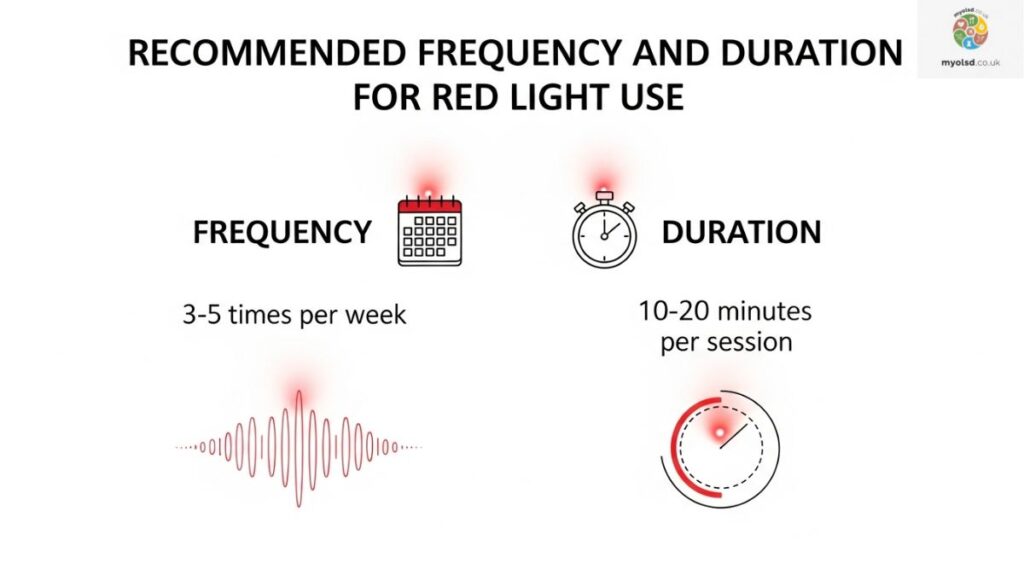
To get real results from red light therapy, consistency matters more than intensity. Experts recommend using your device 3 to 5 times per week, with each session lasting around 10 to 20 minutes. The optimal frequency depends on your skin type, condition, and device strength.
If you’re targeting skin rejuvenation or collagen production, starting with short, 10-minute sessions and gradually increasing to 20 minutes helps prevent overexposure. For muscle recovery or joint pain, slightly longer sessions (up to 30 minutes) may be beneficial, but always follow the manufacturer’s recommendations. Remember, the skin and tissues respond cumulatively to regular light exposure, so consistent use leads to lasting results.
When To Use Red Light Therapy
Here’s the key question: when should you actually use red light therapy? The best time of day for red light therapy depends on your goals, whether they’re related to energy, skin, or sleep.
- If your goal is mental alertness and performance, use red light in the morning to help synchronize your circadian rhythm and improve ATP energy production.
- If you’re using it for relaxation, muscle recovery, or sleep enhancement, try evening sessions about an hour before bed.
Morning use promotes wakefulness, while nighttime use enhances relaxation; both can be correct depending on your body’s rhythm.
Tips To Maximize Benefits
Want faster and more visible results? Try these proven tips:
- Stay consistent: 3 to 5 sessions a week at similar times help regulate your circadian clock.
- Prep your skin: Cleanse before each session to remove makeup or reflective skincare products.
- Hydrate: Red light therapy improves cellular activity, but proper hydration maximizes skin elasticity and glow.
- Follow safety rules: Always use protective goggles, avoid overexposure, and ensure your device is FDA-approved.
- Pair with skincare: Apply soothing serums like aloe vera after treatment for added skin rejuvenation.
Consistency, hydration, and correct timing make a noticeable difference in your results.
Read more Article: Best Siding for New England Homes
Potential Risks and Precautions
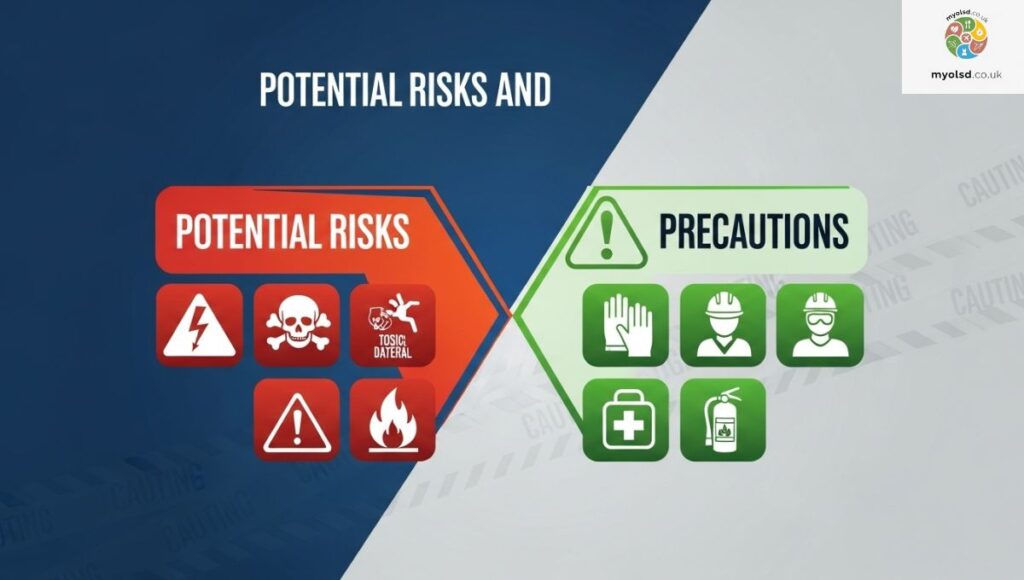
Red light therapy is considered non-invasive and safe, but overuse can lead to skin irritation, dryness, or temporary redness. People with photosensitivity, autoimmune skin conditions, or those on certain medications should consult a dermatologist before starting.
Avoid using the device on damaged or inflamed skin, and never stare directly into the light without eye protection. Using the right wavelength (typically 600 to 900 nm) ensures safety and effectiveness. Like most treatments, moderation and professional advice are key.
What Is the Best Time of Day for Red Light Therapy?
When it comes to optimizing results, science suggests that the best time of day for red light therapy depends on your body’s natural circadian rhythm. The body responds differently to light exposure depending on the time of day morning light boosts alertness and energy, while evening light promotes recovery and rest.
Morning exposure can help increase mitochondrial function, ATP production, and mental clarity, while evening sessions enhance relaxation and melatonin regulation. Understanding your body’s rhythm helps you personalize your therapy schedule for maximum benefit.
Should You Do Red Light Therapy In The Morning Or At Night?
This depends on your personal goals.
- Morning use: Great for people seeking an energy boost, mental clarity, or better athletic performance. Using RLT after waking supports cellular regeneration and helps reset your biological clock.
- Night use: Ideal for stress relief, sleep improvement, and post-workout recovery. It helps trigger the body’s natural repair mechanisms and balances melatonin production.
So, morning enhances productivity, while night enhances recovery both are beneficial depending on intent.
Read more Article: Best Siding for New England Homes
Morning Red Light Therapy
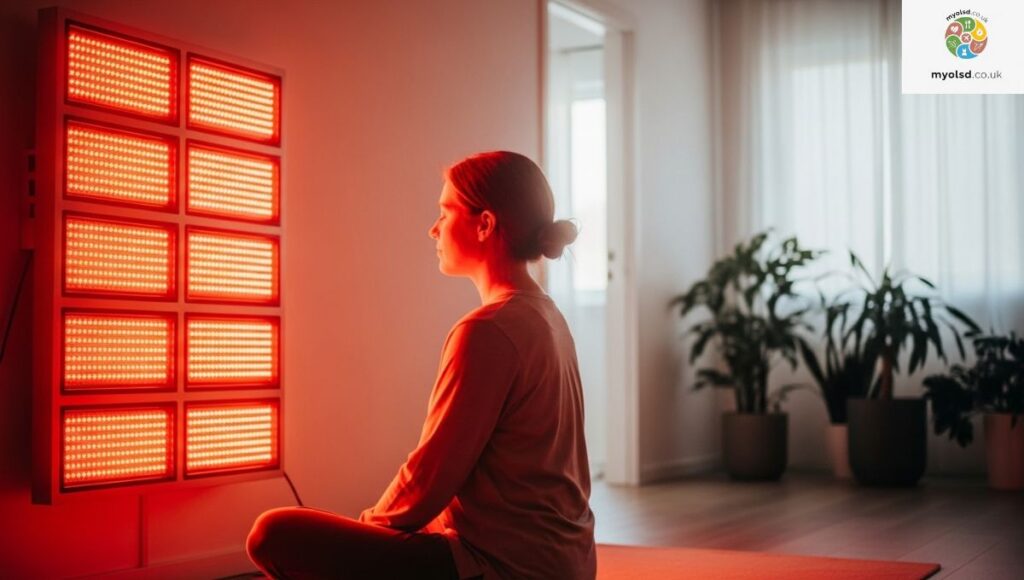
Morning red light therapy helps kick-start your day by improving alertness, focus, and energy metabolism. It’s especially beneficial for those struggling with sleep inertia or morning fatigue. Exposure to red and near-infrared wavelengths activates mitochondria, boosting cellular energy (ATP) and circulation.
Athletes often use RLT as part of their pre-workout routine to enhance performance and reduce recovery time later. It’s also effective for skin health when integrated into your morning skincare routine, improving absorption and collagen synthesis.
Night Red Light Therapy
If your goal is relaxation or better sleep, evening sessions work wonders. Red light therapy at night helps reduce inflammation, ease muscle tension, and encourage melatonin release, preparing the body for rest.
Studies show that low-level red light exposure before bed can improve sleep quality and reduce stress without disrupting your circadian rhythm like blue light does. It’s a calming ritual that helps transition your body and mind into a peaceful state before sleep.
Should You Do Red Light Therapy Before Or After Skincare?
The general rule: use red light therapy before applying skincare products. Clean, dry skin allows deeper light penetration into the tissues. Applying heavy creams or reflective serums before your session can block light absorption.
After therapy, you can apply hydrating or repairing products like hyaluronic acid, aloe vera, or collagen-boosting serums to enhance recovery. Think of red light therapy as preparing your skin to absorb nutrients more effectively.
Can You Do Red Light Therapy Every Day?
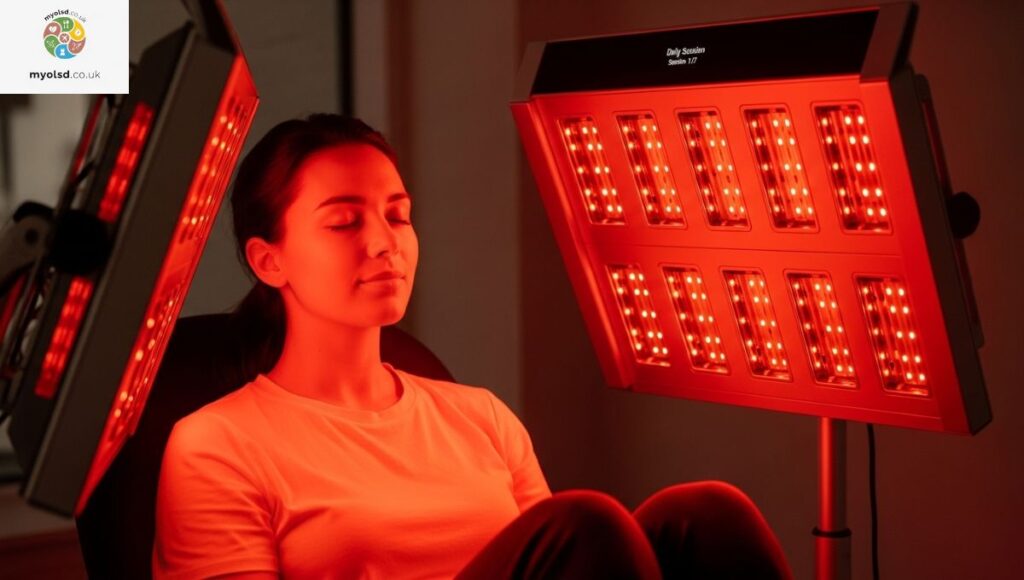
Yes but moderation is key. Daily use of red light therapy is safe as long as you follow the device’s frequency and duration guidelines. Many users report best results from short, daily sessions (10 to 15 minutes) rather than long, infrequent ones.
Overuse doesn’t lead to faster results and might even cause skin dryness or mild irritation. For sustained improvement in skin tone, texture, and overall wellness, aim for 3 to 5 sessions per week and give your skin rest days to recover.
How Often Should You Do Red Light Therapy?
Consistency beats intensity. For beginners, start with 3 sessions per week, then gradually increase to 5 sessions once your skin adapts. Athletes using it for muscle recovery or performance enhancement may safely use it more frequently, following a maintenance schedule to sustain benefits.
As your skin and muscles respond, you can tailor your schedule to match your body’s needs. Regular exposure builds cumulative effects, improving skin texture, reducing inflammation, and enhancing cellular function over time.
How Long Should You Do Red Light Therapy For?
The ideal duration depends on your device’s intensity. Most clinical studies recommend 10 to 20 minutes per session using wavelengths between 600 to 900 nanometers. Lower light intensity requires longer exposure, while higher intensity devices work faster.
Using RLT for too short a time won’t yield results; too long might cause overexposure or skin fatigue. Stick to a steady schedule, monitor your skin’s reaction, and adjust gradually for optimal outcomes.
1. What is the Best Time to Use an LED Mask?
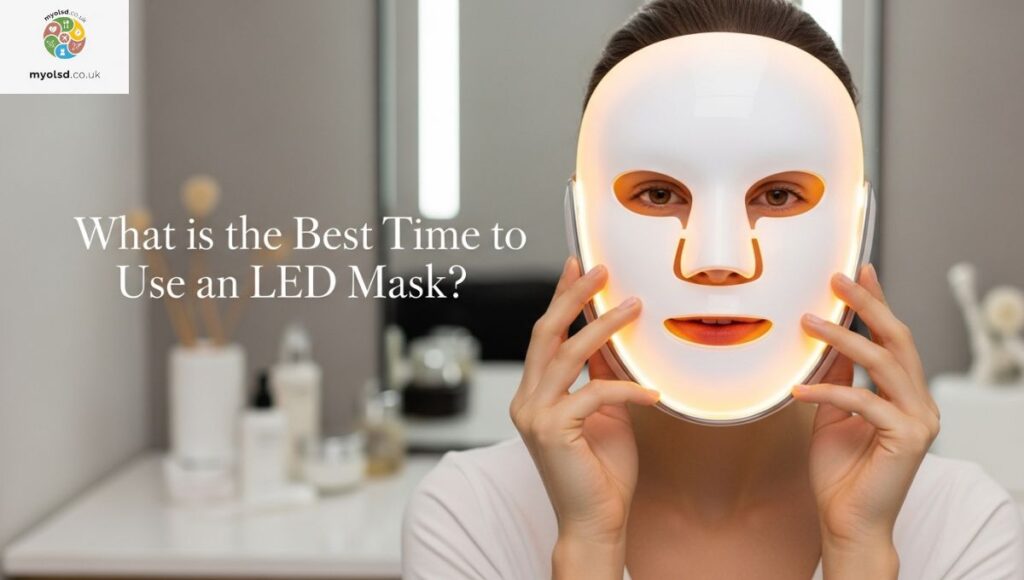
Use your LED mask either in the morning for energy or at night for relaxation, depending on your routine. Morning sessions boost circulation and alertness, while nighttime use supports skin recovery and melatonin balance. The key is consistency rather than exact clock time.
2. What is LED Light Therapy?
LED light therapy is a non-invasive skincare treatment that uses specific wavelengths of light to rejuvenate skin, promote healing, and improve cellular energy. Red and near-infrared wavelengths (630 to 850 nm) stimulate collagen production, while blue light targets acne-causing bacteria.
3. Can I Use My LED Mask Right Before Bed?
Yes, it’s perfectly safe. In fact, many people find evening sessions help them unwind and sleep better. Red light exposure doesn’t suppress melatonin, unlike blue light, making it ideal for a bedtime relaxation routine.
4. When is the Best Time to Do Blue Light Therapy?
Blue light therapy works best in the morning or daytime because it promotes alertness and helps align your circadian rhythm. Avoid using blue light at night, as it can interfere with sleep quality.
5. When is the Best Time to do Red Light Therapy?
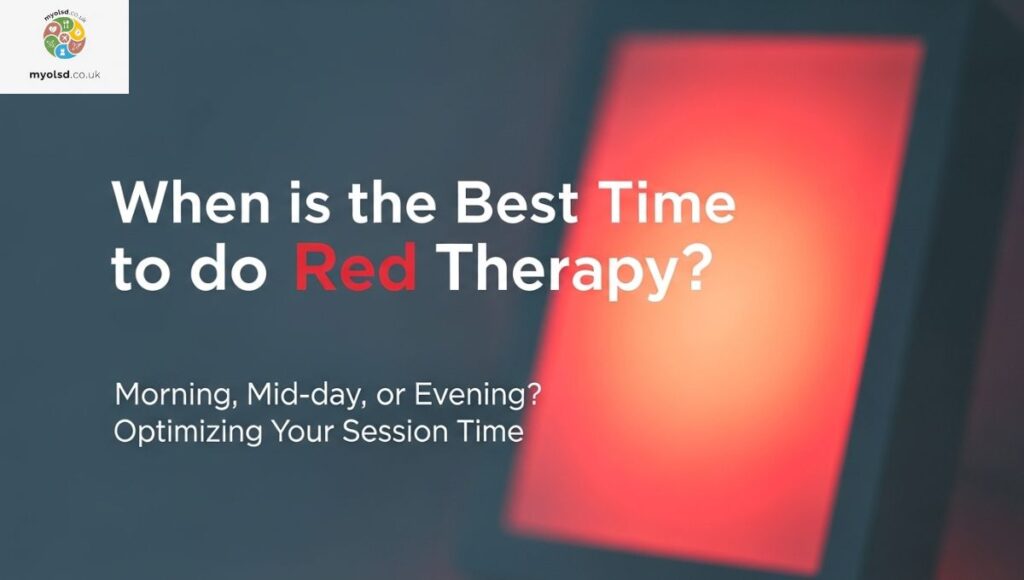
Science supports both morning and evening use, morning for energy and focus, night for recovery and sleep. The best time is the one that fits your body’s rhythm and daily lifestyle, helping you stay consistent and reap full benefits.
6. Can I Use an LED Mask Twice a Day?
Yes, but only if your device is designed for multiple uses. Keep sessions short (around 10 minutes each) and space them several hours apart. Overuse won’t double results but might cause mild photosensitivity or redness.
7. Can You Do Red Light Therapy Every Day?
Absolutely just follow safe exposure limits. Doing RLT daily in short, controlled sessions supports skin rejuvenation, muscle repair, and energy balance without stressing the skin. Listen to your body and adjust frequency as needed.
8. Is LED Light Therapy Safe?
Yes, when used properly. Modern LED devices are FDA-approved and designed to be non-invasive. Always wear eye protection, avoid overexposure, and follow manufacturer instructions for best results.
9. The Takeaway: When is the Best Time to do LED Light Therapy?
There’s no one-size-fits-all answer. The best time of day for red light therapy depends on your goals: mornings for energy and focus, evenings for relaxation and recovery. What matters most is consistency, safety, and using a quality device tailored to your needs.
Conclusion
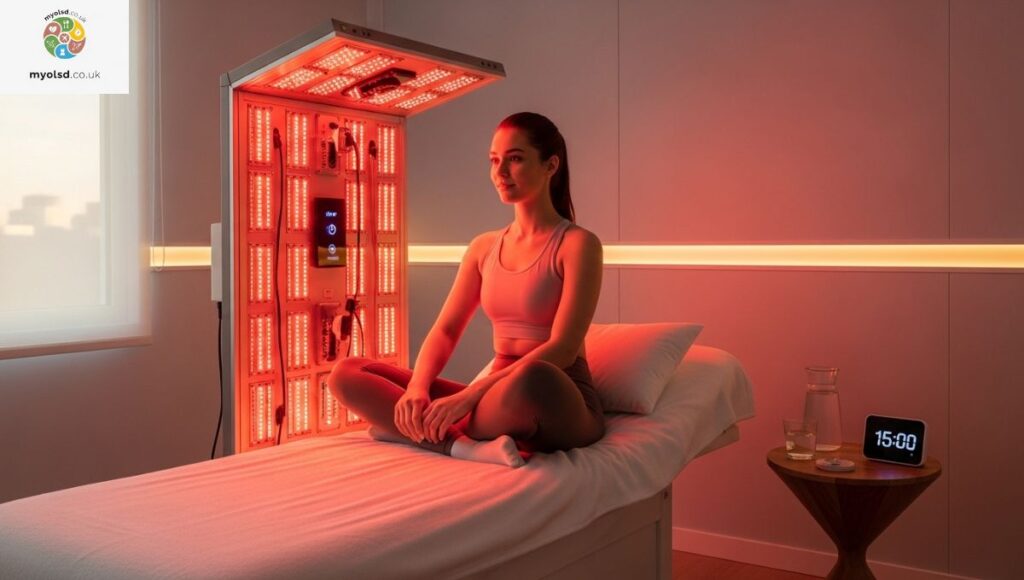
Red light therapy isn’t just about turning on a device; it’s about timing it right for your body. Whether you prefer morning energy boosts or nighttime relaxation, using it consistently at the best time of day for red light therapy helps you achieve lasting, visible results.
Incorporate it thoughtfully into your daily routine, stay hydrated, follow safety precautions, and trust the process. With regular use and the right timing, you’ll notice smoother skin, better sleep, and a renewed sense of balance, all powered by the science of light.
FAQs
What is the best schedule for red light therapy?
Most people see great results by doing red light therapy 3 to 5 times a week, either in the morning for energy or in the evening for relaxation. Consistency is key.
How do you get the best results with red light therapy?
Use your device regularly, stay close to the recommended distance, and make sure your skin is clean before each session for maximum light absorption.
Can I do red light therapy every day?
Yes, daily use is generally safe as long as you follow your device’s guidelines. Start slow and increase frequency as your body adjusts.
What do 20 minutes of red light therapy do?
A 20-minute session can boost cellular energy, reduce inflammation, and improve skin tone and texture. It’s also great for relaxation and recovery.
How soon do you see results from red light therapy?
Most users notice visible improvements in 4 to 8 weeks with consistent use, though some report feeling benefits like better sleep and mood earlier.
Do I need eye protection for red light therapy?
While most red light devices are safe, wearing protective goggles can help reduce strain, especially during longer sessions.
What not to do before red light therapy?
Avoid applying heavy creams or sunscreen before your session, as these can block the light from penetrating your skin effectively.
Can I close my eyes during red light therapy?
Yes, it’s perfectly safe to close your eyes during the session; it can even help you relax and enjoy the soothing light.
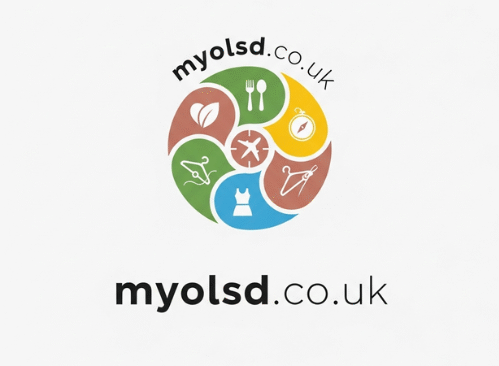
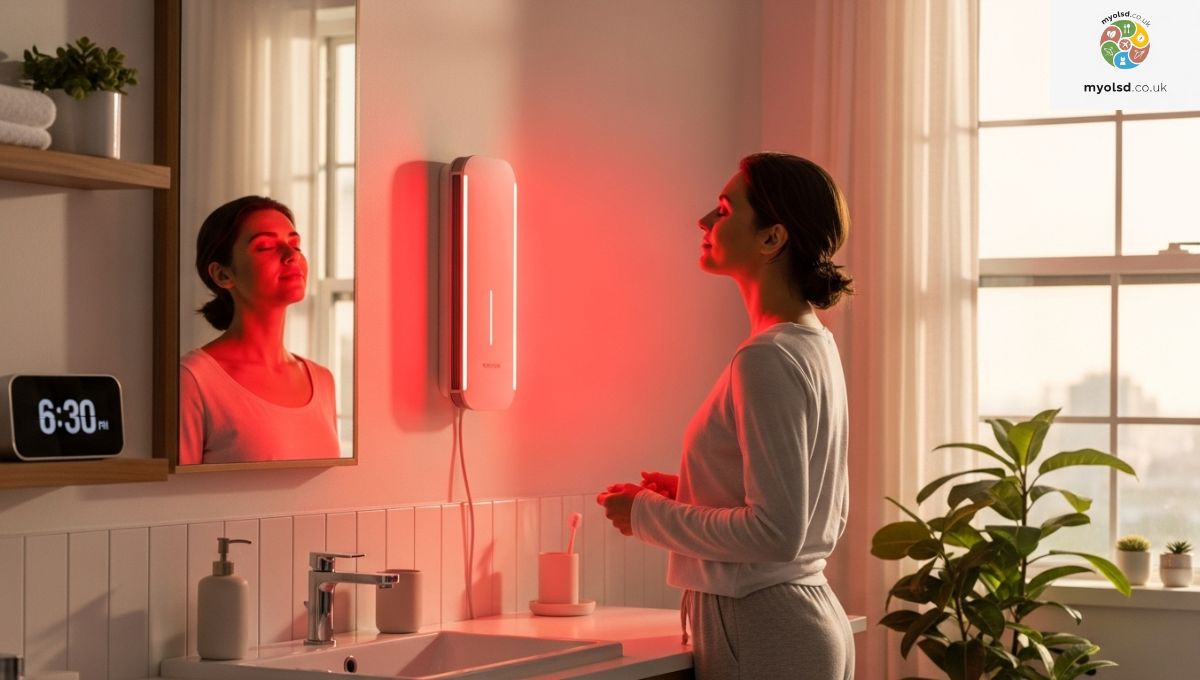
1 thought on “Best Time of Day for Red Light Therapy: Morning or Night? Here’s What Science Says”